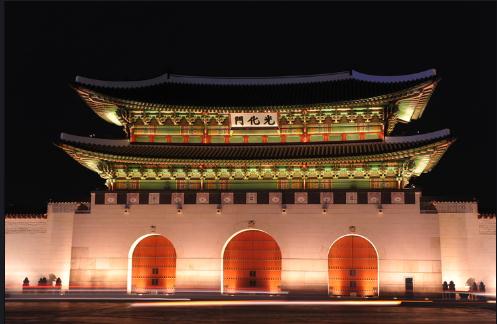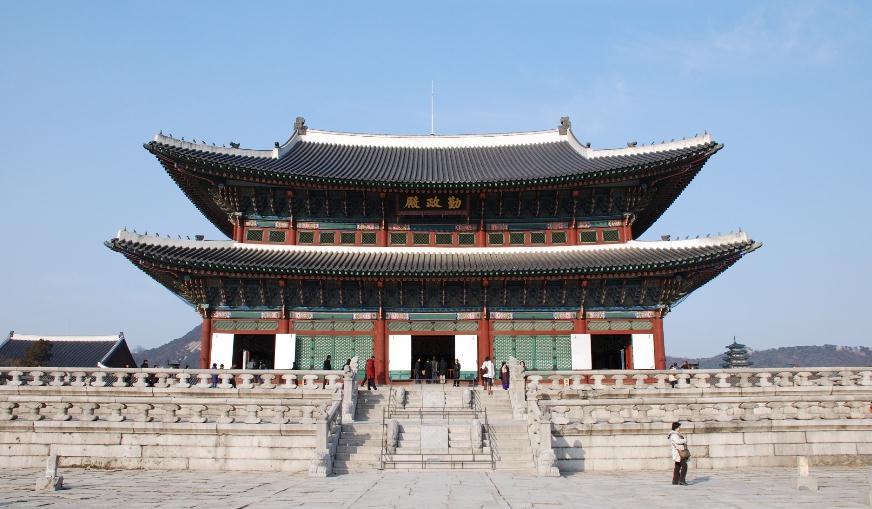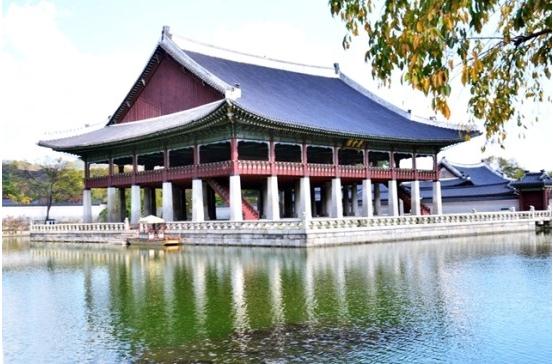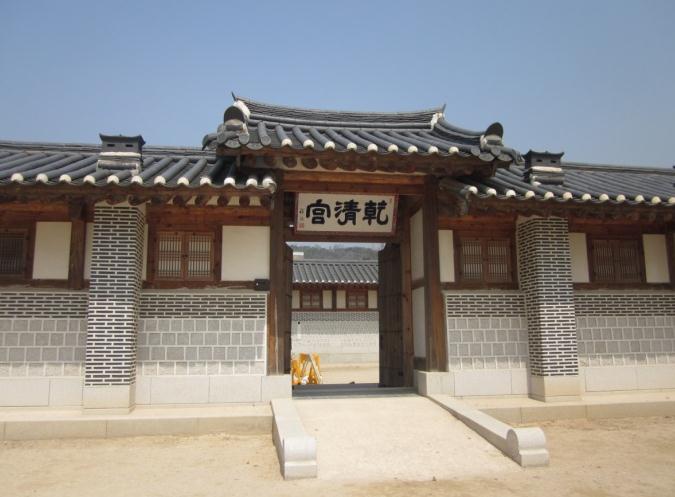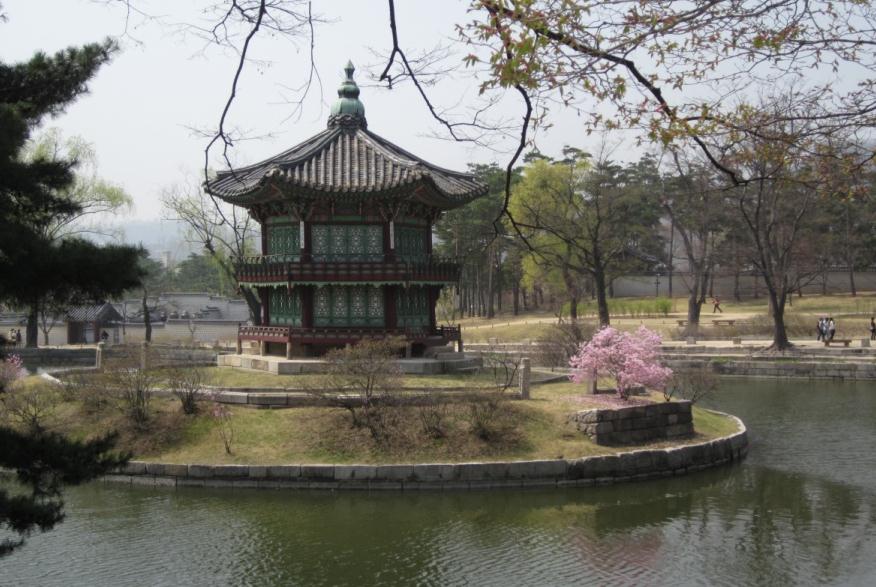Often times in our lives, there are things we can’t do or have no control over. We give reasons when we talk with other people. This lesson describes how “because of” is used in Korean.
In this dialogue, we’re going to learn how to say “because of…” something.
Dialogue
Teacher : Alright, shall we all be seated?
자, 모두 자리에 앉을까요?
(ja, mo doo ja li eh ah jeul gga yo?)
Who isn’t here yet?
누가 아직 안 왔나요?
(noo ga ah jik an wat na yo?)
Student : Joe is not here yet.
조가 아직 안왔어요.
(jo ga ah jik an wat ssu yo)
Teacher : Is Helen here?
헬렌은 왔나요?
(hel len eun wat na yo?)
Helen : I am here.
저 여기 있습니다.
(ju yu gi it seum ni da)
Teacher : Why were you absent yesterday, Helen?
헬렌, 어제는 왜 결석했나요?
(hel len, uh je neun wae gyul suk haet na yo?)
Helen : I couldn’t come because of cold.
감기때문에 못 왔어요.
(gam gi ddae moon eh mot wat ssu yo)
Teacher : Are you alright now?
지금은 괜찮나요?
(ji geum eun gwaen chan na yo?)
Helen : Yes, I am much better. Thank you.
네, 많이 좋아졌어요. 감사합니다.
(ne, man ee jo ah jyut ssu yo. gam sa ham ni da)
Joe : I am sorry I am late.
늦어서 죄송합니다.
(neu jyu su joi song ham ni da)
I am late because of the traffic.
교통체증때문에 늦었어요.
(gyo tong che jeung dda moon eh neu jyut ssu yo)
Teacher : Joe, I am glad you are here, but come little earlier next time.
조, 당신이 와서 기뻐요. 하지만 다음 시간엔 조금 일찍 오세요.
(jo, dang shin ee was u gi bbu yo. ha ji man da eum shi gan en jo geum il jjik oh se yo)
More Example Sentences.
I was late because of my friend.
친구때문에 늦었습니다
(chin goo ddae moon eh neu jut seum ni da)
I didn’t go to the mountains because of the math test.
수학 시험때문에 산에 가지 못했습니다
(soo hak shi hum ddae moon eh san eh ga ji mot haet seum ni da)
I couldn’t go on a trip because of a cold.
감기때문에 여행을 갈수 없었습니다
(gam gi ddae moon eh yu haeng eul gal soo ub ssut seum ni da)
